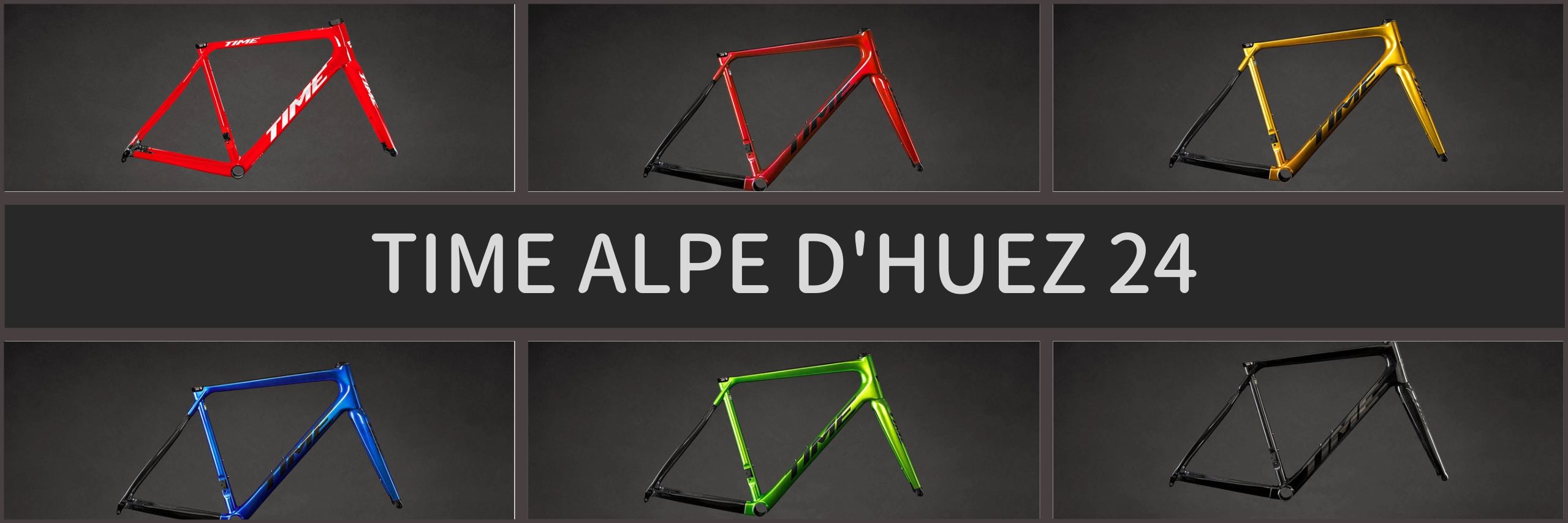Time Custom
-

Time Alp ehduez
BUILD KITS FRAME SPECS Colours Ready to Paint Time framesets can be purchased Ready to Paint in a prepped and sanded condition and with all hardware. Choose your own paint shop or ask us for a suggestion to create the TIME of your dreams. GEOMETRY About Hoops